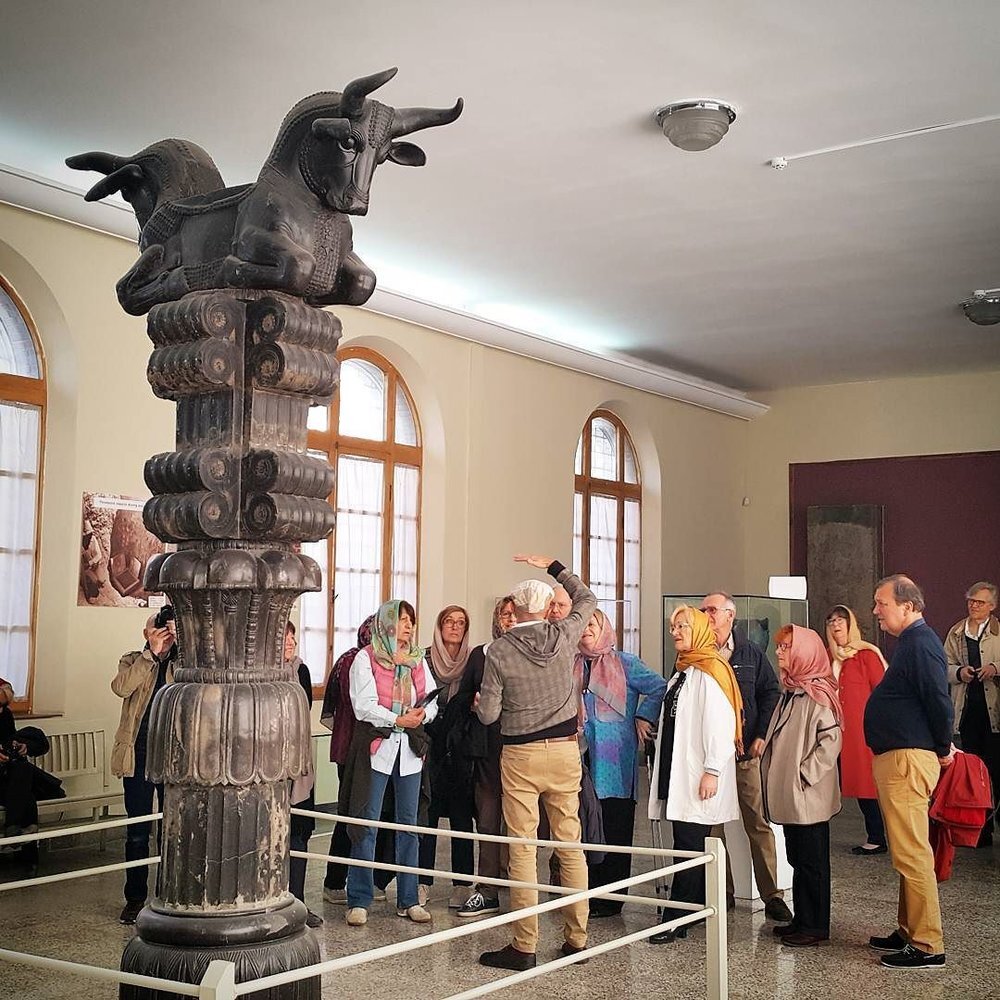Iran Deputy Minister of Cultural Heritage, Tourism, and Handicrafts, Calls for State-of-Art Technology Integration in Iran Museums
Ali Darabi, the Deputy Minister of Cultural Heritage, Tourism, and Handicrafts, emphasized the transformation of museums into dynamic platforms aimed at fostering a deeper understanding of cultural heritage.

Speaking at a session with cultural heritage and museum experts attending a digitalization and museum experience transfer workshop in China, Darabi highlighted the need for museums to be both time-aware and audience-aware while preserving historical authenticity.
The workshop was held on the sidelines of Iran’s loan exhibition titled “The Glory of Ancient Persia” at the Forbidden City’s Palace Museum in Beijing, IRNA reported on Tuesday.
In the digital age, museum professionals should embrace modern technology to effectively convey historical identity to the public, the official said.
He stressed the growing cultural cooperation between Iran and China and welcomed the expanding museum exhibitions and collaborations between the two nations.
The official expressed his hope that such training sessions would contribute to advancing knowledge, technical expertise, and museum management skills.
The deputy minister underscored the evolving role of museums in today’s world, describing them as symbols of diplomacy, cultural interaction, and communication. He emphasized the pivotal role museums play in introducing and preserving a nation’s historical treasures.
Darabi concluded by stating that museums serve as “historical showcases,” guiding societies to reflect on their past and providing valuable lessons for the present and future. He urged cultural heritage professionals to employ both traditional roots and modern technologies in their efforts to transfer historical identity to the people.
Referring to the overwhelming popularity of “The Glory of the Ancient Persia” among Chinese museumgoers, Darabi said: “All exhibition tickets for the next two weeks have been sold out, indicating global interest in the greatness of Iranian civilization, culture, and art.”
Running from January 12 to April 11, the exhibition features 211 historical artifacts and five meticulously recreated (moulage) objects spanning from the Iron Age to the Safavid period, encompassing over 3,000 years of Iranian culture and art.
The opening ceremony, graced by the presence of Ali Darabi, Iran’s deputy minister for cultural heritage, Li Qun, China’s vice minister for culture, and accompanying dignitaries, marked a significant cultural milestone.
The event promises to be a bridge connecting the vibrant histories of Iran and China, inviting all to appreciate the shared cultural tapestry that unites these two ancient civilizations. Its meticulously selected collection aims to provide a comprehensive view of Iran’s cultural heritage for the public.
According to the organizers, the primary objective of the three-month exhibition is to showcase the rich history and civilization of Iran, encouraging Chinese tourists to explore the beauty and heritage of the country.
